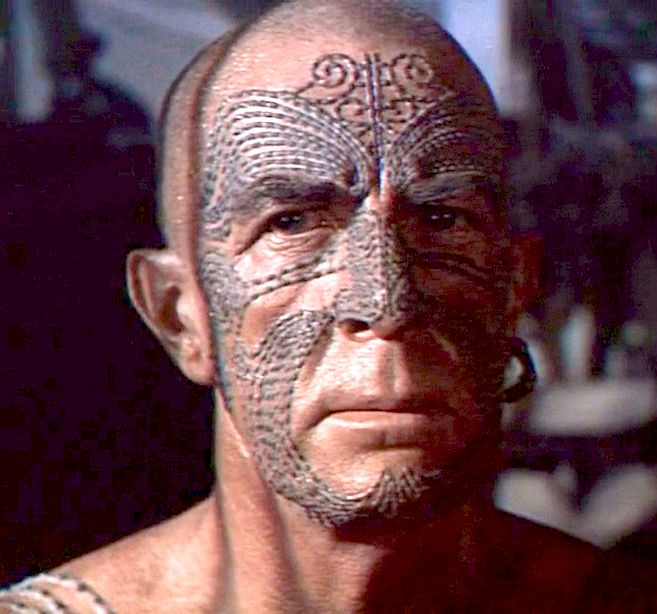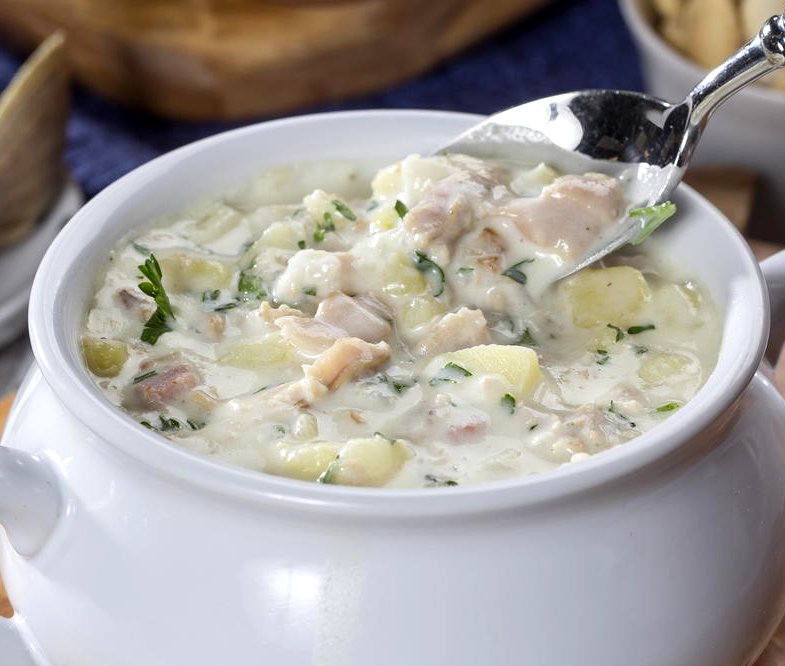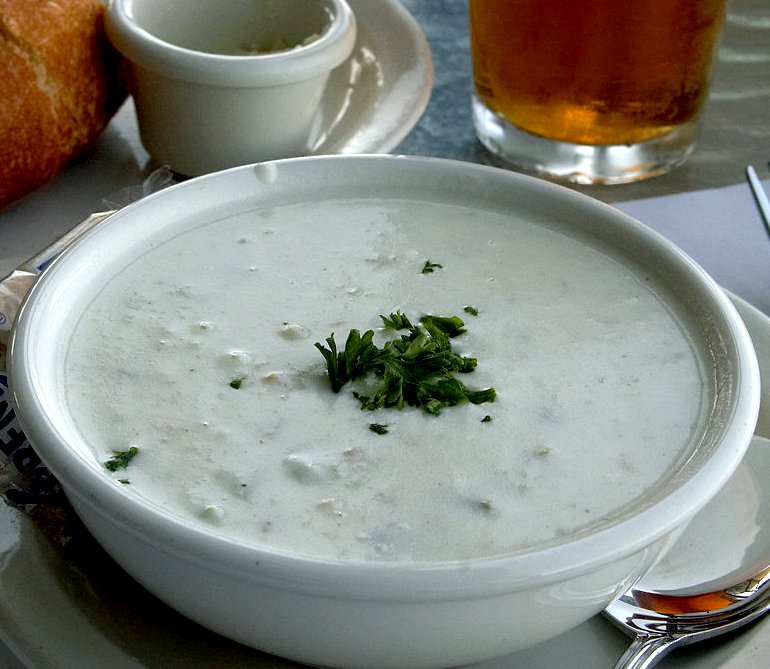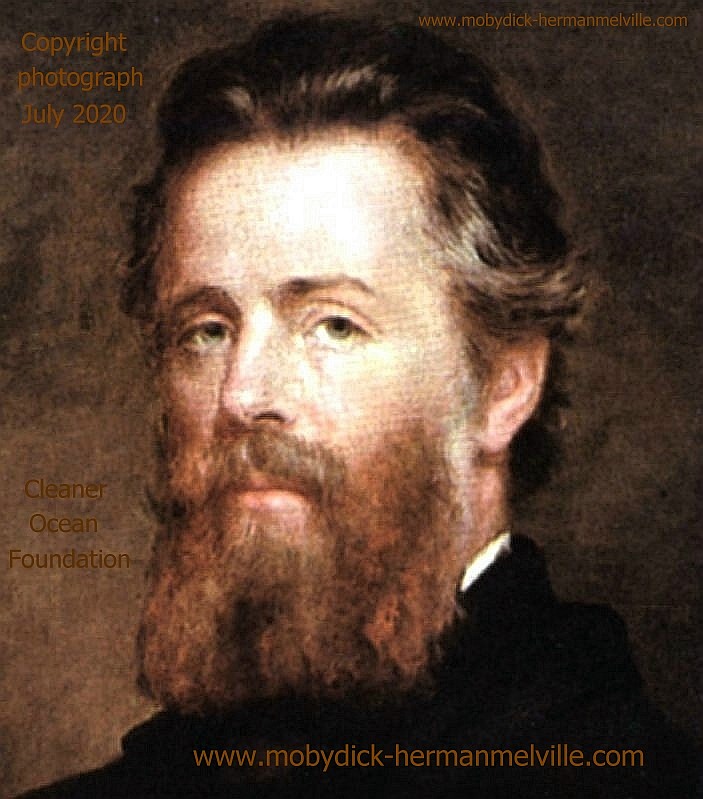|
QUOHOG
Please use our A-Z INDEX to navigate this site
|
Queequeg is mistakenly referred to as Quohog in Chapter 18 of Moby Dick
In Moby-Dick, “Quohog” does not refer to the famous hometown of Peter Griffin (in the animated series) and his family but rather to a famous marine creature. A quohog (or quahog) is “a large, rounded, edible clam found off the Atlantic coast of North America,” also referred to as a “hard clam, hardshell clam.”
We can’t imagine that this clam is referenced in many literary works besides Moby-Dick; it is commonly referred to, however, in the pages of historical documents, New England periodicals such as the Rhode Island Monthly, dietetics literature, and in cookbooks.
The spelling of the word often differs between “quohog” and “quahog”; it is assumed that Melville chose to spell it in the “quo”-fashion due to its regional pronunciation. The first reference to the quohog occurs in
Chapter 14, “Nantucket,” when
Ishmael describes the early maritime harvests of the island’s inhabitants: they “first caught crabs and quohogs in the sand.” The word “quohog” recurs in the book four chapters later,
"His
Mark" but this time it has an entirely different meaning.
Queequeg is the best harpooner aboad the Pequod sailing ship. He predicted death in chasing the big white whale and did not survive the sinking of the Pequod, in Herman Melville's literary masterpiece Moby Dick.
CLAM CHOWDER
The hard clam (Mercenaria mercenaria), also known as a quahog (or quahaug), round clam or hard-shell (or hard-shelled) clam, is an edible marine bivalve mollusk that is native to the eastern shores of North America and Central America from Prince Edward Island to the Yucatán Peninsula. It is one of many unrelated edible bivalves that in the United States are frequently referred to simply as clams, as in the expression "clam digging".
A BIT OF MOBY-DICK HISTORY
Moby Dick is the story of a great white sperm whale that fought back at whalers who tried to harpoon him. The idea came to Herman Melville after he spent time on a commercial whaler, where stories abounded of the sinking of the Essex in 1821 and Mocha Dick, a giant sperm whale that sank around 20 ships, before being harpooned in 1838.
Moby Dick has inspired a great many adaptations, the same basic story finding its way into the making of four films and two television adaptations.
In addition there are many comics and illustrated volumes, adapted from the original, one of which is the emerging graphic novel version of a large humpback whale called Kulo Luna.
Kulo Luna is not as big as the whales depicted in Herman Melville's Moby Dick, but she has a diamond encrusted heart of gold, only attacking whaling ships that present a danger to herself or her friends.
Herman Melville was the author of a story about what we'd now consider an illegal activity, the commercial hunting of whales for oil and meat.
Please use our A-Z INDEX to navigate this site
|
|
This website is Copyright © 2020 Cleaner Ocean Foundation Ltd and Jameson Hunter Ltd
|



